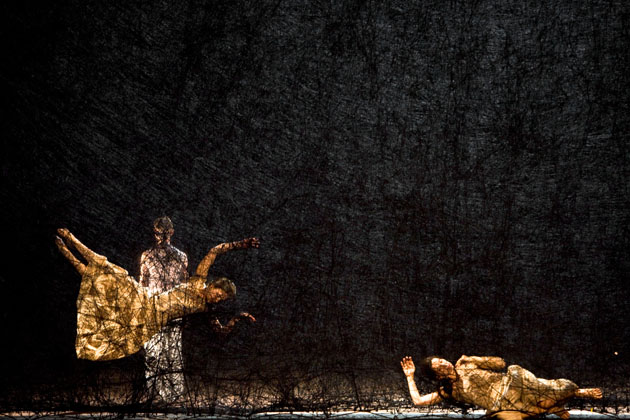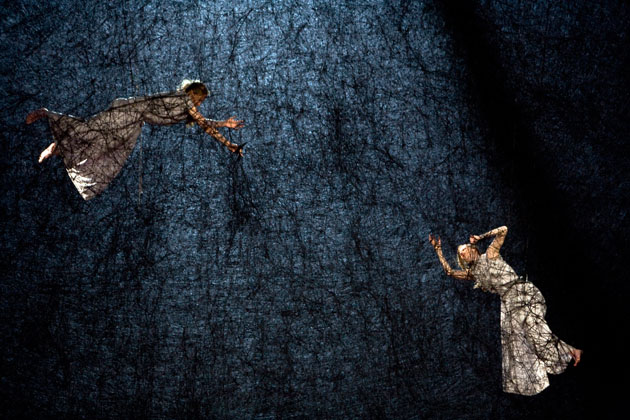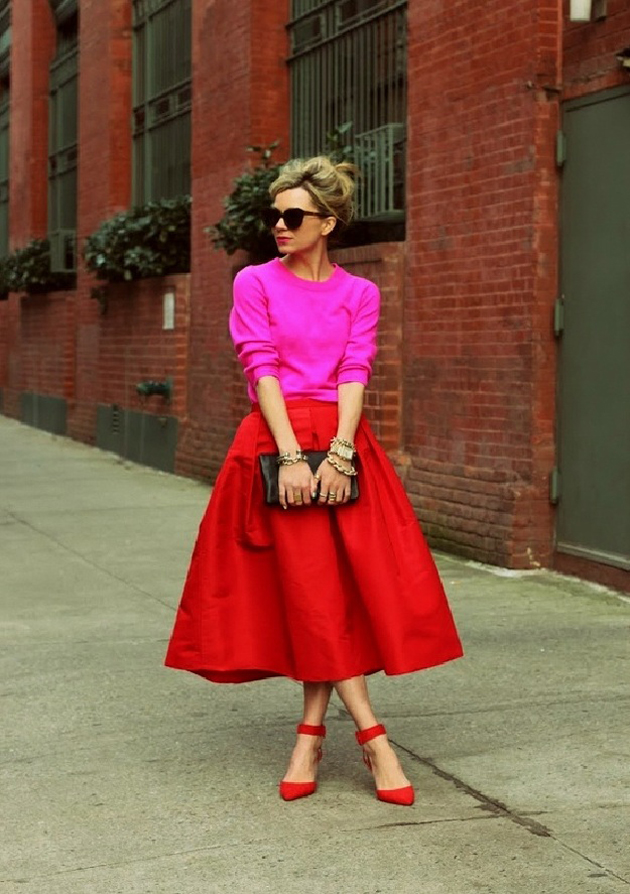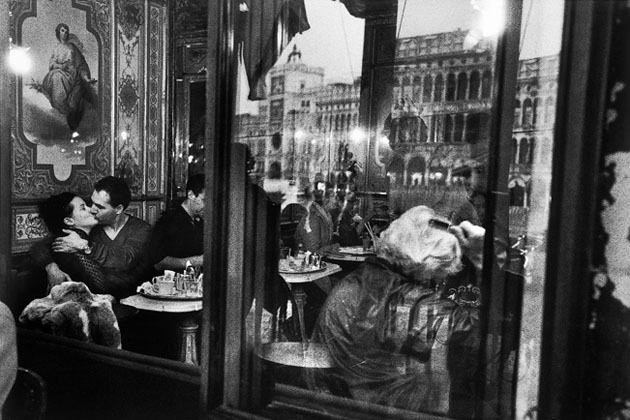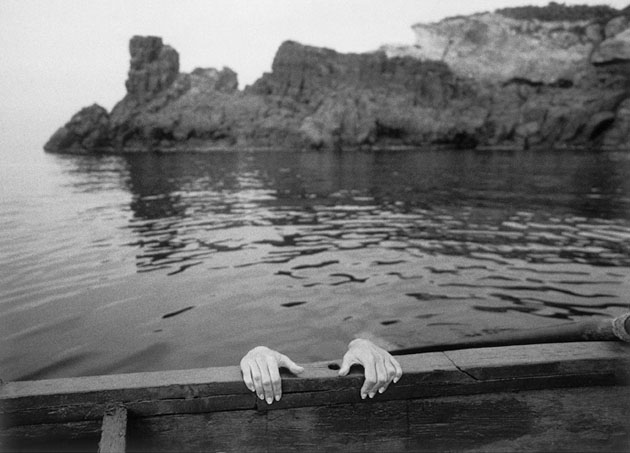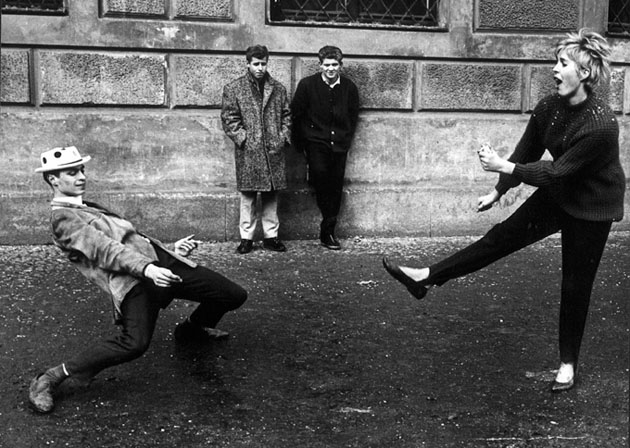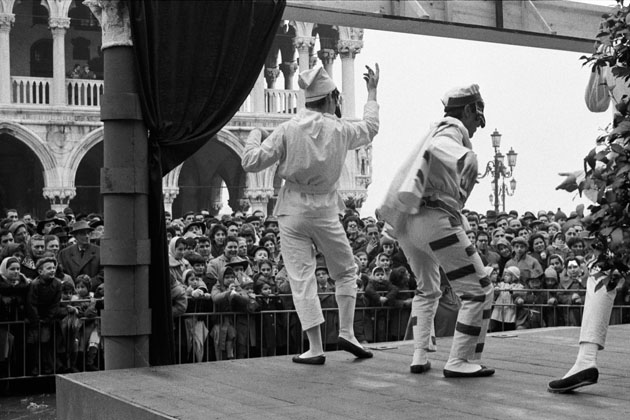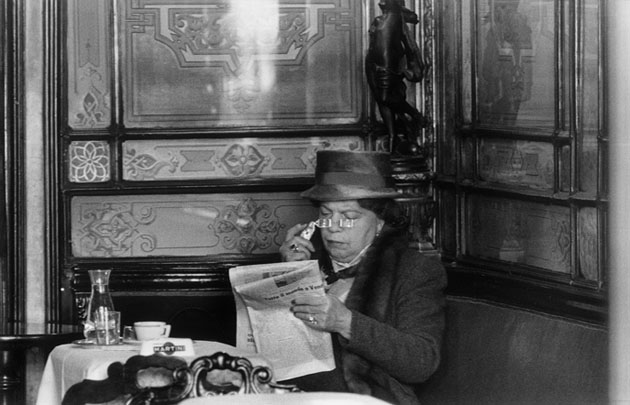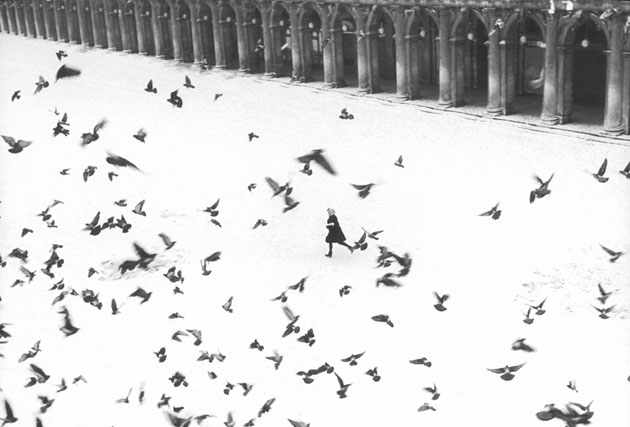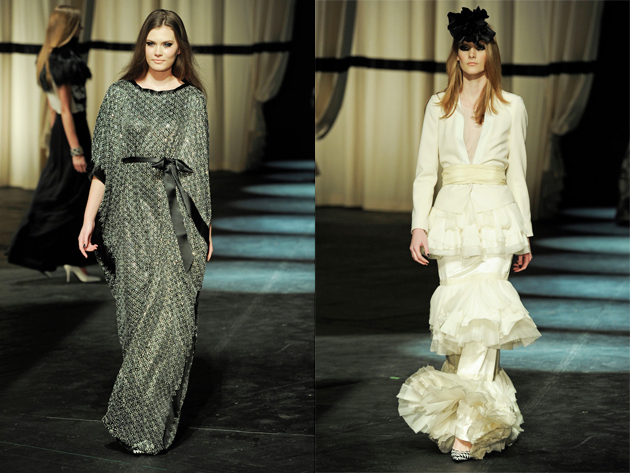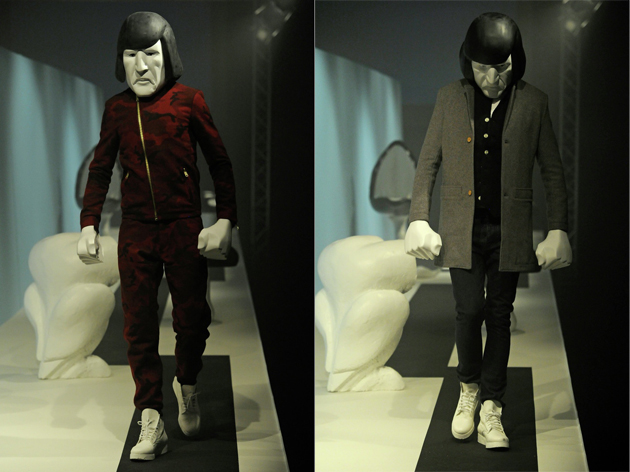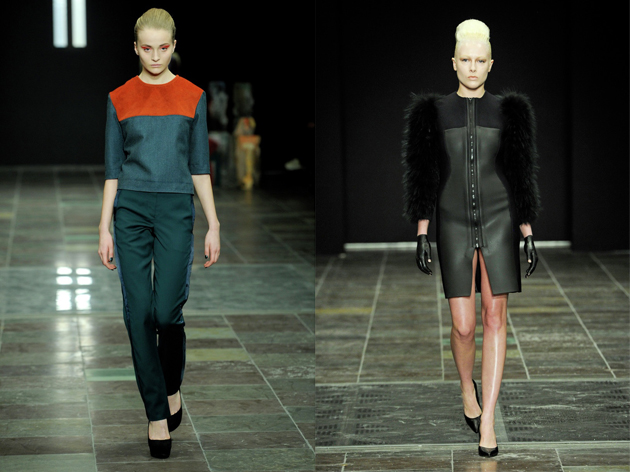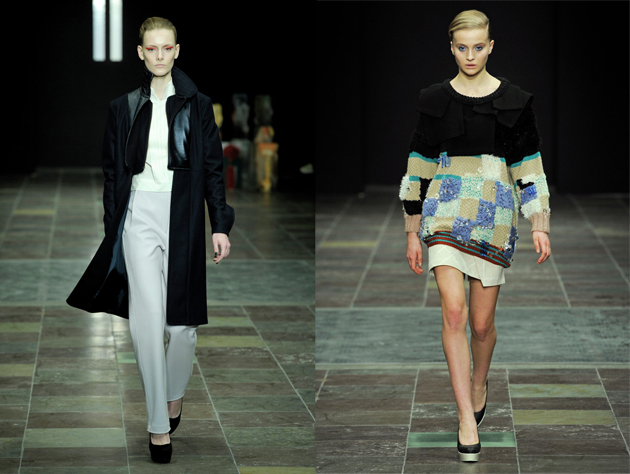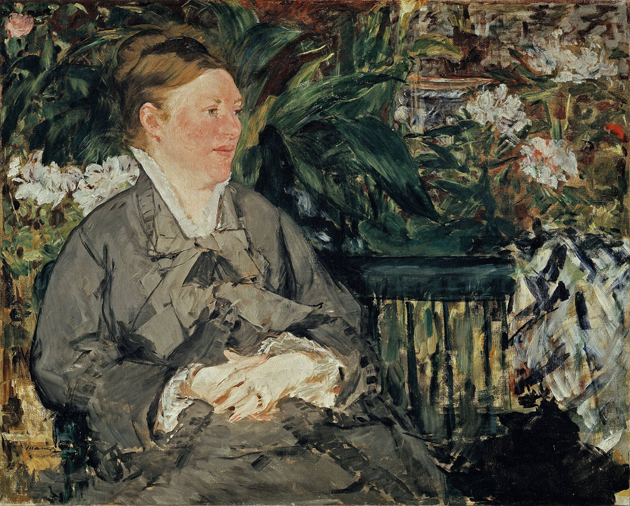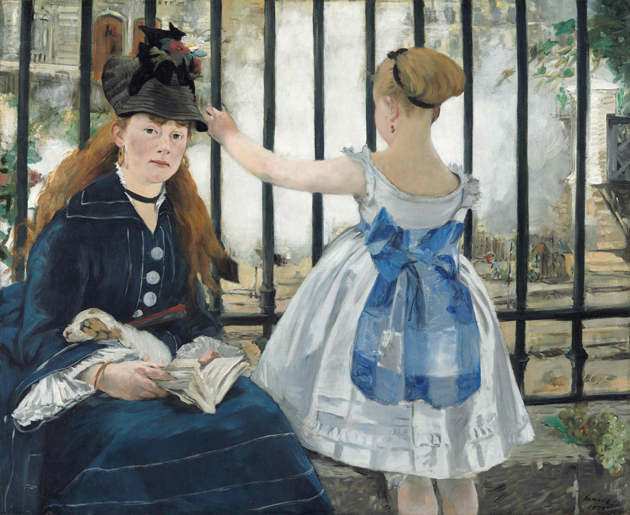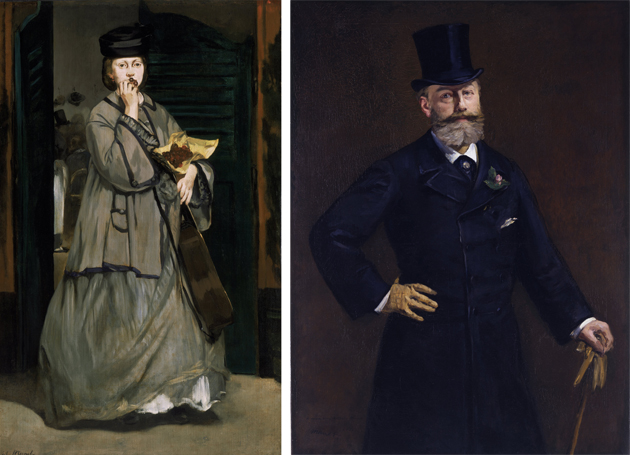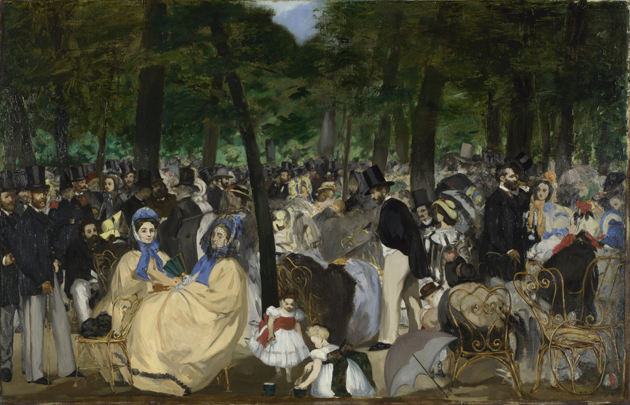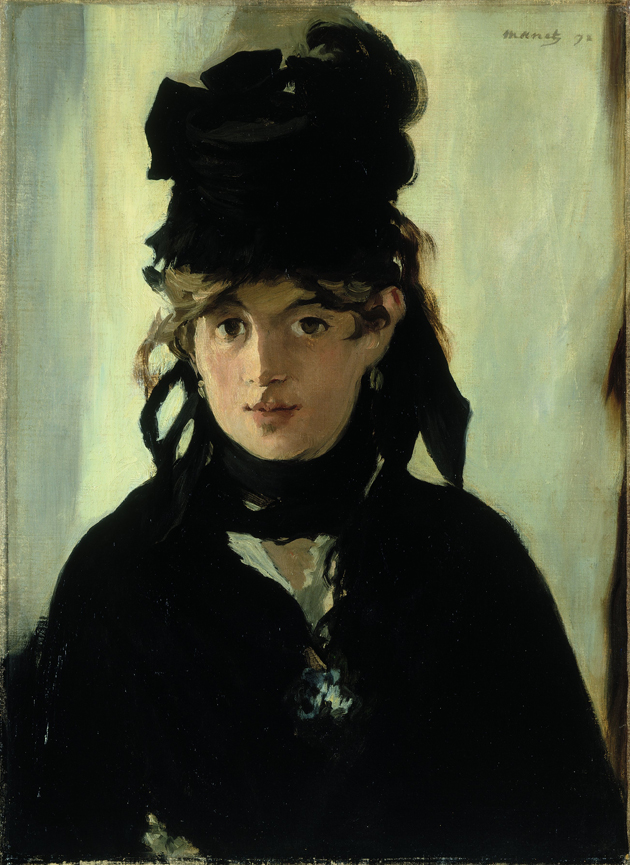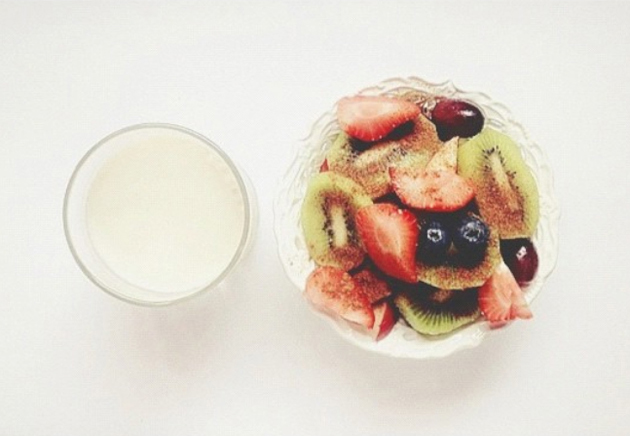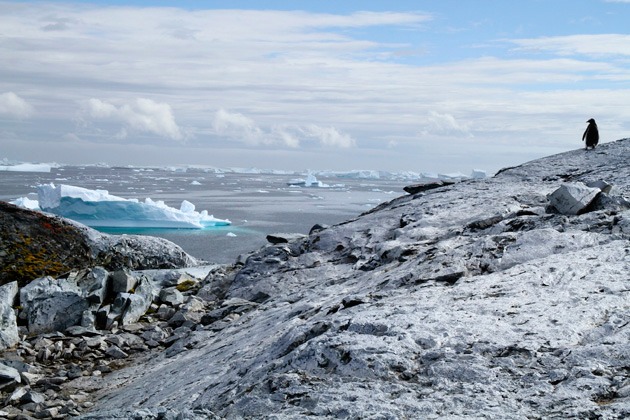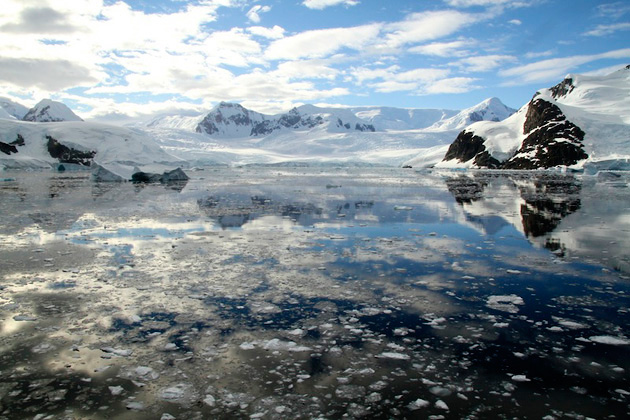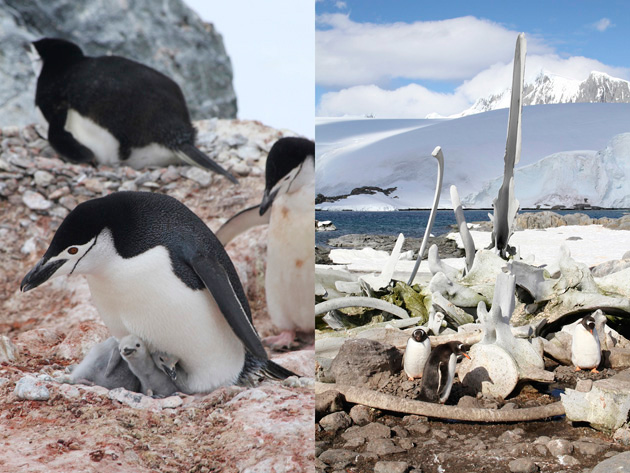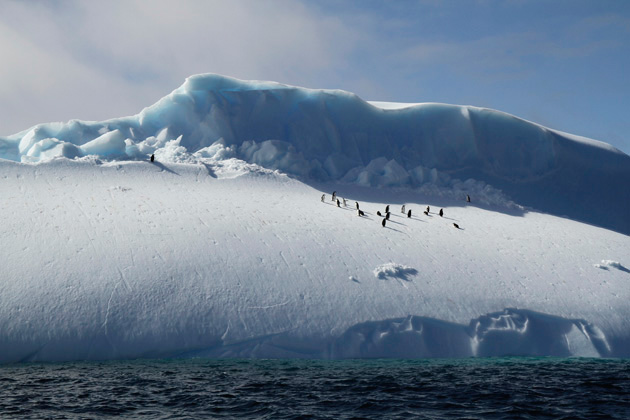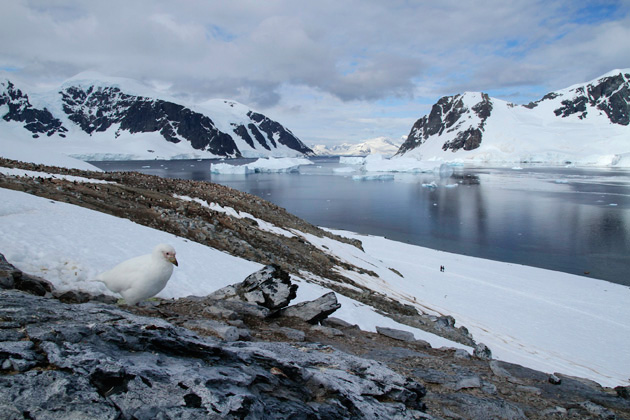Sasha Waltz’s Matsukaze/Staatsoper im Schiller Theater
The internationally renowned German choreographer Sasha Waltz and her company Sasha Waltz & Guests celebrates their 20th anniversary in 2013, starting off their jubilee season with a bang. Last weekend Sasha Waltz & Guests took over Berlin’s Staatsoper im Schillertheater for three sold out performances of Matsukaze, a choreographic opera based on the eponymous classical Japanese Noh play from the 14th century. It tells the tale of two poor sisters, Matsukaze and Murasame, living in a hut on the beach and both hopelessly in love with the noble man Yukihira. After three years Yukihira dies unexpectedly, leaving the two sisters behind with their love unfulfilled.
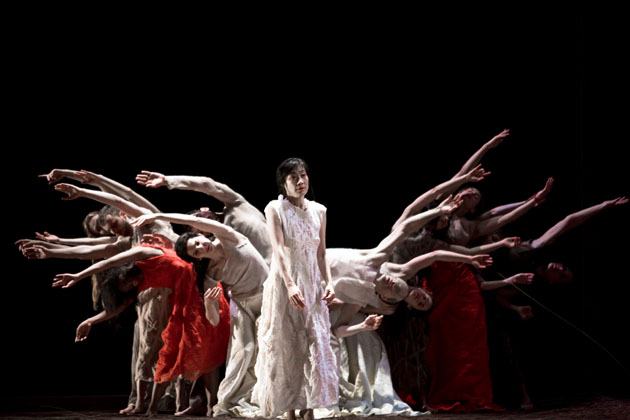
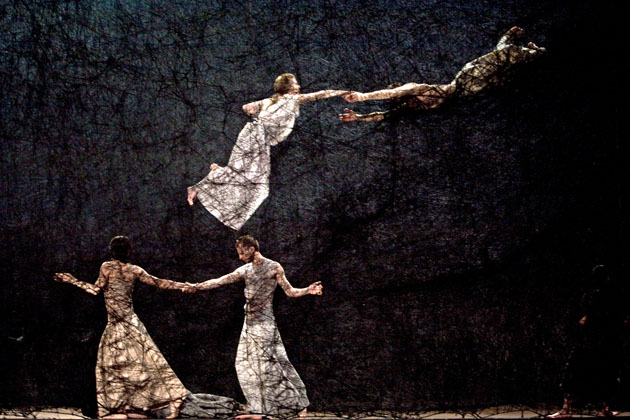
Toshio Hosokawa, the Berlin-based Japanese composer, wrote the music that is performed by the Staatskapelle Berlin, Vocalconsort Berlin and several talented soloists. Far from the classic western opera the European audience might be used to, the Matsukaze score lingers somewhere between western avant-garde and traditional Japanese music culture. In almost a Buddhist cycle; the tones go from silence to powerful noise only to return to silence, perfectly illustrating the balance between life and death, nature and its transience.
Brilliantly portraying the two sisters, the singers Barbara Hannigan and Charlotte Hellekant enter the stage from above, dangling from ropes inside a black, giant net that was created by Waltz together with the Japanese artist Chiharu Shiota. Spiritually and quite literally, they are caught between worlds. How Hannigan and Hellekant manage to sing with such power and clarity while dangling upside down, that remains a mystery throughout the evening.
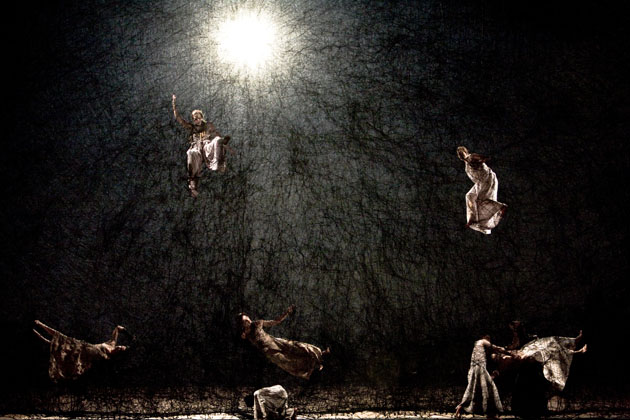
The ensemble and guests dancers carry the music with their floating movements. As in large amoebae of bodies, the beautiful group choreographies go in and out of symmetry. The dancers enter and exit a large, minimalist wood structure by Pia Maier Schriever, wearing delicate costumes by Christine Birkle in dim shades of grey, blue, and white. Along with the sounds of the sea, the dripping water and the blowing wind, they appear as elements of nature more than human beings. The beautiful, impossible love story of Matsukaze deals a lot with the heaving seas, tumbling waves and the human in relation to nature. In Sasha Waltz’s and Toshio Hosokawa’s piece, there is an incredible beauty in the sadness of a life that decays and passes.
